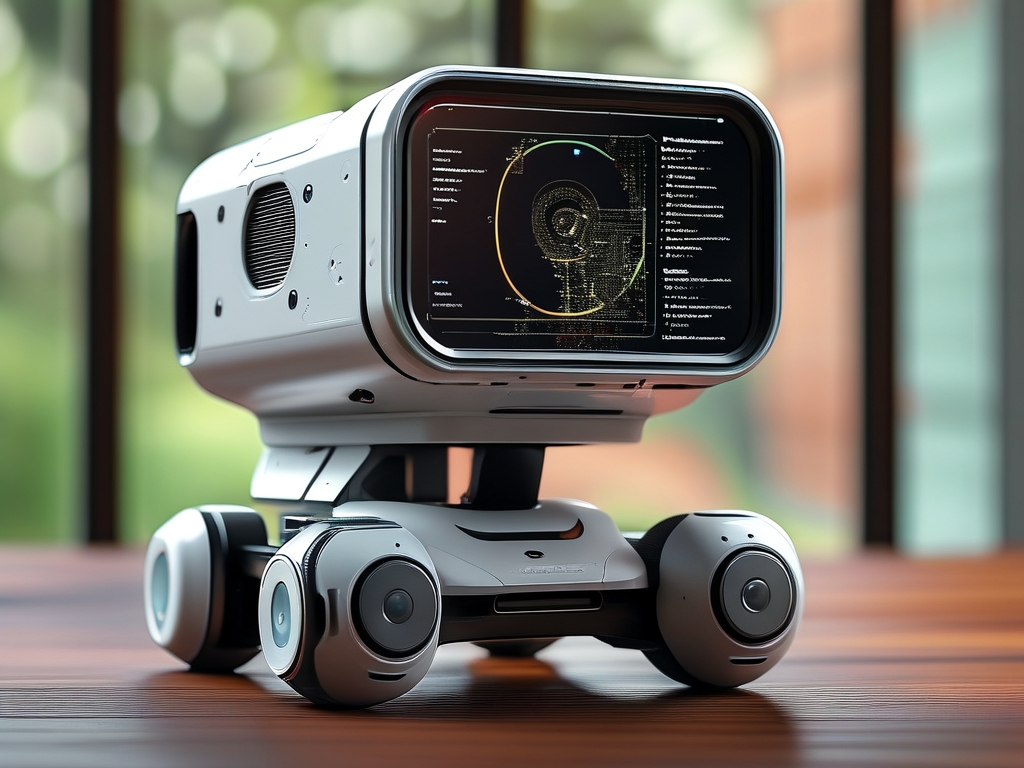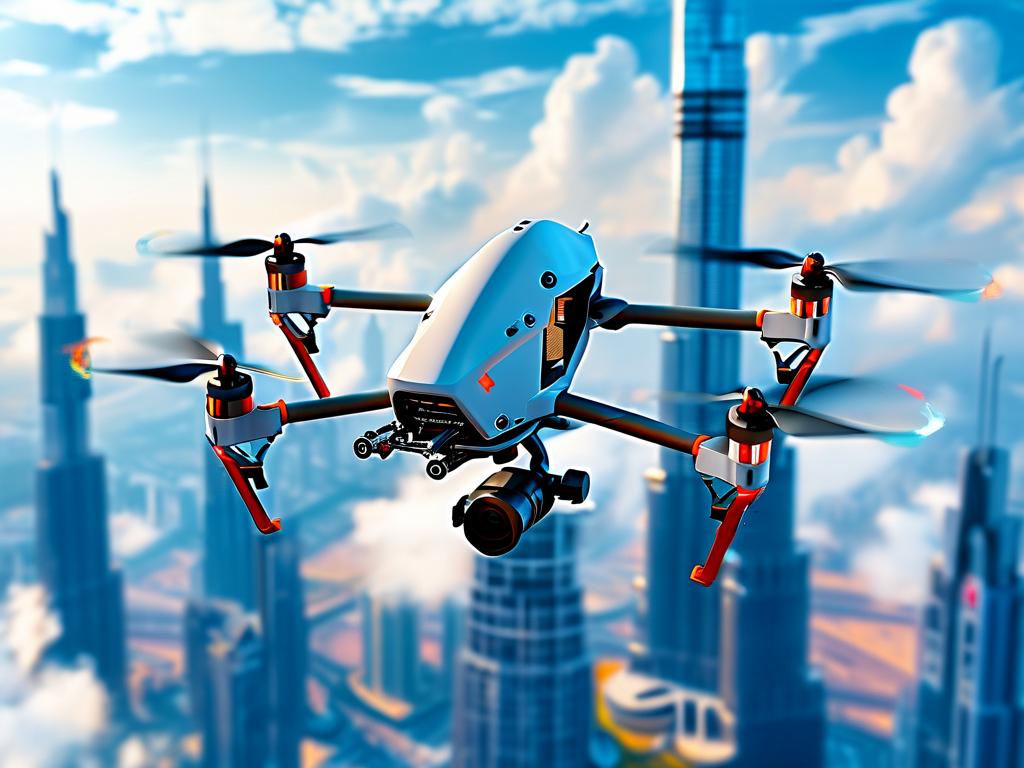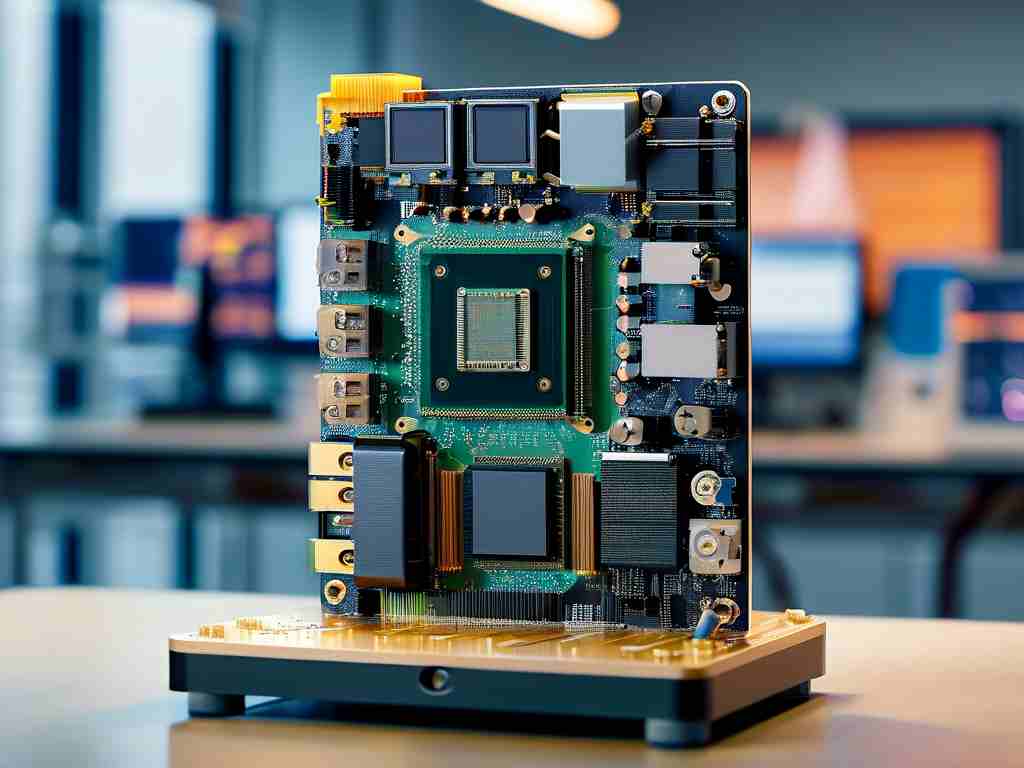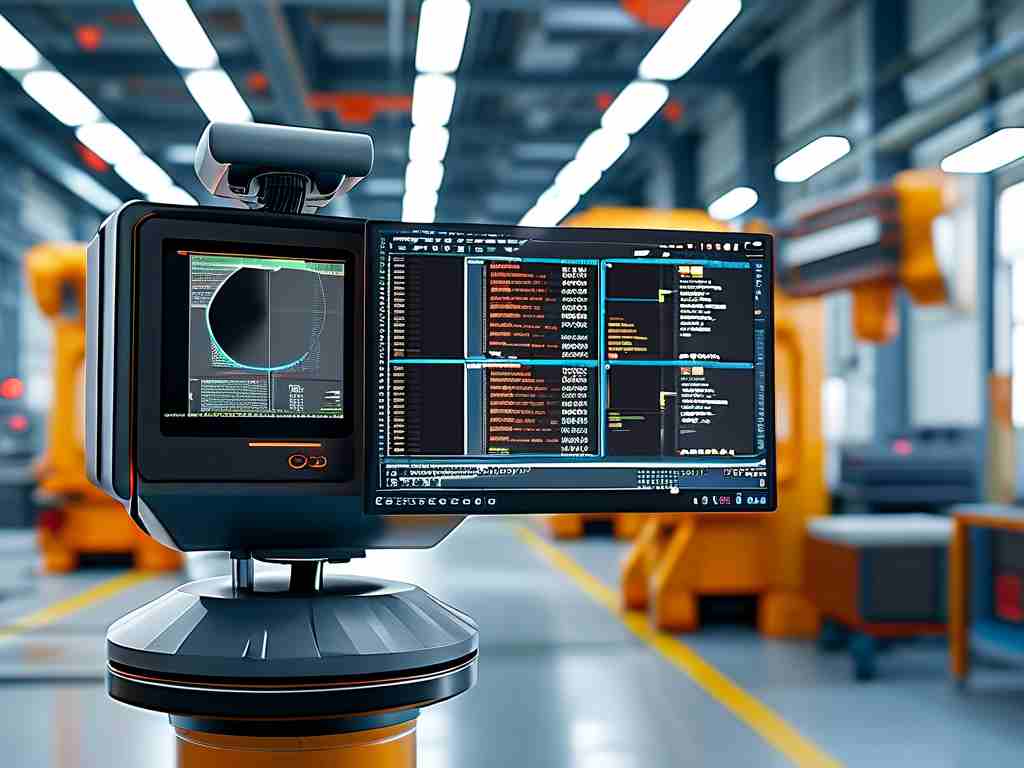The intersection of hardware and software engineering has given rise to numerous specialized fields, and embedded development remains one of the most critical disciplines in modern technology. With the emergence of advanced computing platforms like NVIDIA’s Jetson series, questions about their classification within embedded systems have become increasingly common. This article explores whether Jetson development qualifies as embedded development by analyzing its characteristics, use cases, and alignment with traditional embedded system principles.

Defining Embedded Development
Embedded systems are specialized computing systems designed to perform dedicated functions within larger mechanical or electrical systems. They are typically characterized by:
- Resource Constraints: Limited processing power, memory, and energy efficiency.
- Real-Time Operation: Predictable response times for time-sensitive tasks.
- Single-Purpose Design: Optimized for specific applications, such as industrial automation or IoT devices.
- Low-Level Programming: Direct hardware interaction using languages like C or assembly.
Traditional embedded systems include microcontrollers (e.g., Arduino, STM32) and single-board computers (e.g., Raspberry Pi) tailored for lightweight tasks.
The Jetson Platform: Bridging AI and Embedded Systems
NVIDIA’s Jetson series, including modules like Jetson Nano, Jetson Xavier, and Jetson Orin, represents a fusion of high-performance computing and embedded design. These platforms are optimized for AI and machine learning workloads, featuring GPU-accelerated processing, CUDA support, and compatibility with frameworks like TensorFlow and PyTorch. Key attributes include:
- High Computational Power: Jetson devices leverage GPU cores for parallel processing, enabling real-time inference for complex tasks like computer vision.
- Energy Efficiency: Despite their performance, Jetson modules are designed for low power consumption (e.g., 5–30W).
- Compact Form Factor: Designed for integration into drones, robots, and edge devices.
- Linux-Based OS: Jetson runs Ubuntu or Linux4Tegra, offering flexibility for software development.
Jetson vs. Traditional Embedded Systems
To determine whether Jetson development falls under embedded development, we must compare its traits with traditional criteria:
-
Resource Constraints:
While Jetson devices have significantly more computational resources than microcontrollers, they are still constrained compared to desktop GPUs or servers. For example, the Jetson Nano has 4GB RAM and a 128-core Maxwell GPU—sufficient for edge AI but limited for large-scale training. -
Real-Time Operation:
Jetson supports real-time applications through frameworks like NVIDIA Isaac for robotics and ROS (Robot Operating System). However, strict real-time guarantees (e.g., μs-level determinism) often require additional RTOS (Real-Time OS) layers or co-processors. -
Application Scope:
Traditional embedded systems focus on dedicated tasks (e.g., temperature monitoring), whereas Jetson targets complex, dynamic workloads like autonomous navigation or natural language processing. This broader scope blurs the line between embedded and general-purpose computing. -
Development Workflow:
Jetson development involves high-level languages (Python, C++) and AI frameworks, contrasting with low-level firmware coding for microcontrollers. However, developers still optimize code for hardware-specific features like Tensor Cores.
Use Cases: Embedded AI in Action
Jetson’s classification becomes clearer when examining practical applications:
- Autonomous Robots: Jetson-powered robots process sensor data (LiDAR, cameras) locally, reducing latency and cloud dependency.
- Smart Cities: Edge AI devices using Jetson analyze traffic patterns or monitor infrastructure without centralized servers.
- Healthcare: Portable medical imaging tools leverage Jetson for real-time diagnostics at the point of care.
These examples align with embedded systems’ goal of integrating computing into physical environments, albeit with advanced AI capabilities.
The Verdict: A New Era of Embedded Development
Jetson development represents an evolution of embedded systems rather than a departure. While it diverges from classical resource-limited designs, it adheres to core embedded principles:
- Domain-Specific Optimization: Tailored for edge AI and robotics.
- Hardware-Software Co-Design: Leveraging GPU acceleration and custom SDKs (e.g., JetPack).
- Integration with Physical Systems: Deployed in drones, factories, and vehicles.
As industries demand smarter edge devices, the definition of embedded development expands to include platforms like Jetson. It exemplifies the shift toward “embedded AI,” where high-performance computing meets real-world deployment constraints.
Jetson development straddles the line between traditional embedded systems and modern edge computing. Its focus on AI-driven, energy-efficient solutions for specialized applications places it firmly within the broader embedded ecosystem. As technology advances, the boundaries of embedded development will continue to evolve, with platforms like Jetson leading the charge.









